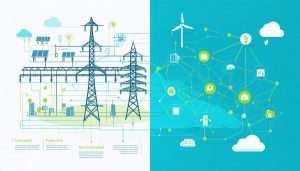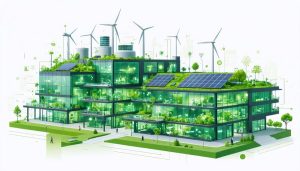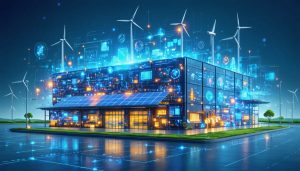
Fluorescent Lighting’s Hidden Energy Costs (And Smart Alternatives)
Fluorescent lighting systems remain a cornerstone of commercial energy efficiency, delivering up to 75% energy savings compared to traditional incandescent solutions while maintaining optimal light output for industrial and office environments. Modern T5 and T8 fluorescent fixtures achieve remarkable efficacy ratings of 80-100 lumens per watt, setting industry benchmarks for cost-effective illumination in large-scale applications. Recent advances in electronic ballast technology have eliminated traditional fluorescent drawbacks like flickering and warm-up delays, while specialized tri-phosphor coatings now deliver superior color rendering …









